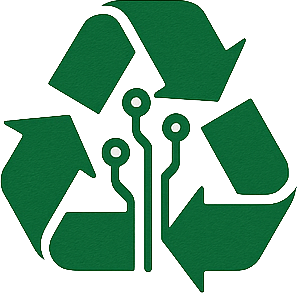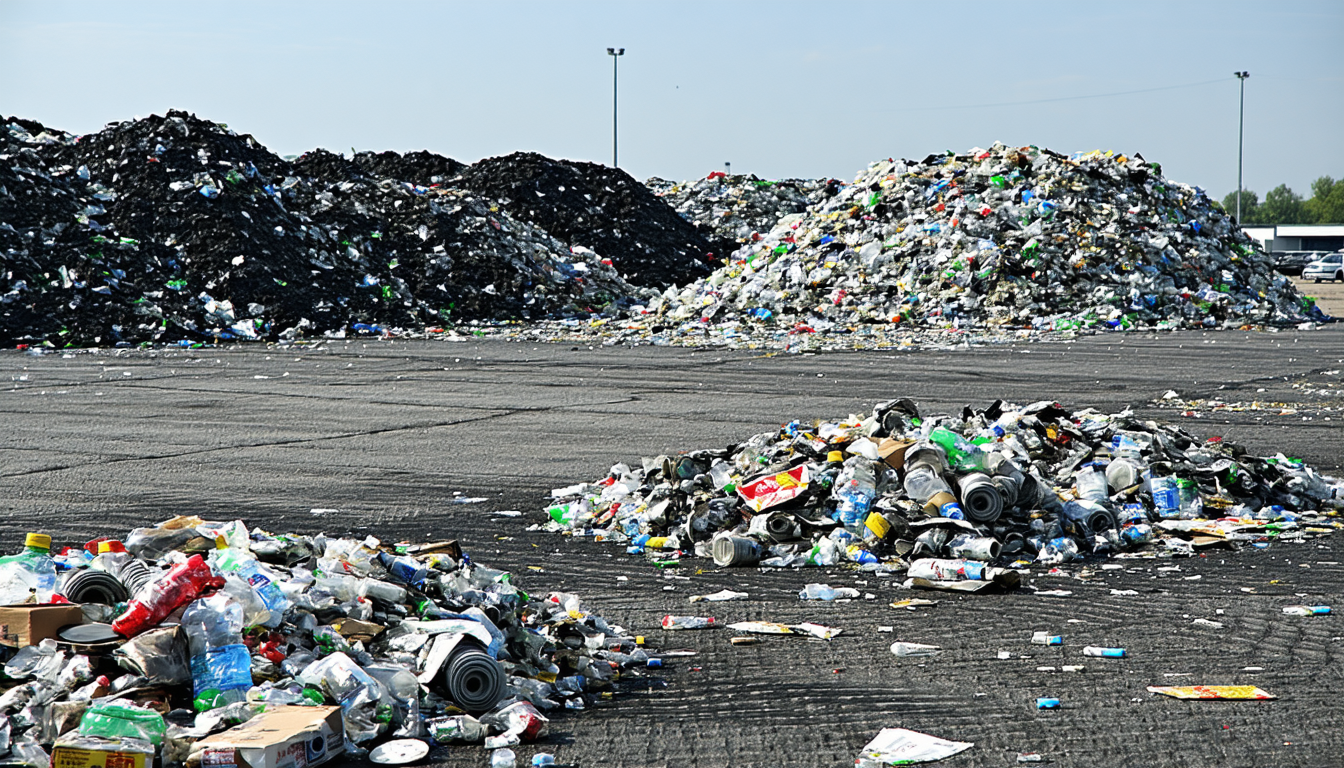Introduction
In the United States, the safe management of hazardous waste remains a critical environmental and public health concern. With industries producing millions of tons of toxic materials annually, hazardous waste disposal services are under increasing scrutiny to ensure compliance with strict regulations while adopting innovative solutions. This article explores the latest developments in the sector, including regulatory updates, technological advancements, and the impact on businesses and communities. From rising disposal costs to groundbreaking recycling methods, we delve into the challenges and opportunities shaping this vital industry.
The Growing Need for Hazardous Waste Disposal Services
Hazardous waste, which includes chemicals, solvents, batteries, and medical waste, poses significant risks if not handled properly. According to the Environmental Protection Agency (EPA), the US generated approximately 34.9 million tons of hazardous waste in 2021, with only a fraction being recycled or treated sustainably. The demand for professional hazardous waste disposal services has surged as industries like manufacturing, healthcare, and energy production grapple with stricter federal and state regulations.
Improper disposal can lead to soil contamination, water pollution, and health hazards. As a result, companies are increasingly relying on specialized firms to manage waste safely. This growing need underscores the importance of robust systems to protect both the environment and public safety.
Regulatory Updates Impacting the Industry
Recent changes in US environmental policies have reshaped the landscape for hazardous waste management. In 2023, the EPA introduced tighter guidelines under the Resource Conservation and Recovery Act (RCRA), mandating more detailed reporting for waste generators. These updates aim to improve tracking and reduce illegal dumping, but they also increase compliance costs for businesses.
According to Dr. Emily Harper, an environmental policy expert at GreenTech Solutions, “The new regulations are a step forward in accountability, but small businesses often lack the resources to meet these standards without support.” This highlights a key challenge: balancing environmental protection with economic feasibility for stakeholders.
Technological Innovations Driving Change
Innovation is playing a pivotal role in transforming hazardous waste disposal services. Advanced technologies like plasma arc gasification and chemical neutralization are making it possible to treat waste more efficiently while minimizing environmental impact. For instance, some companies now convert hazardous materials into reusable byproducts, reducing landfill dependency.
Key advancements include:
– Automated Sorting Systems: These use AI to identify and separate hazardous materials with precision.
– Mobile Treatment Units: Portable solutions allow on-site processing, cutting transportation risks.
– Bioremediation Techniques: Using microorganisms to break down toxic substances offers a sustainable alternative.
These breakthroughs not only enhance safety but also lower long-term costs for industries reliant on disposal services.
Economic and Social Impacts
The rising cost of hazardous waste management is a pressing issue for many US businesses. Disposal fees have increased by nearly 15% over the past five years due to stricter regulations and limited landfill capacity, according to a 2023 report by Waste Management Insights. Small and medium-sized enterprises are particularly affected, often struggling to absorb these expenses.
On the social front, communities near disposal sites remain concerned about potential health risks. Public advocacy groups are pushing for greater transparency from service providers to ensure safe practices. This tension between economic pressures and community safety continues to shape policy debates nationwide.
Future Outlook for Hazardous Waste Management
Looking ahead, the hazardous waste disposal sector is poised for significant evolution. Experts predict that federal funding for green technologies could accelerate the adoption of sustainable practices by 2025. Additionally, public-private partnerships may emerge as a solution to address compliance challenges faced by smaller firms.
However, uncertainties remain. Some industry leaders warn that overly stringent regulations could stifle innovation if not paired with adequate support. A balanced approach, combining incentives with oversight, will be crucial to ensure progress without burdening stakeholders.
In conclusion, hazardous waste disposal services in the US stand at a crossroads of challenge and opportunity. With regulatory shifts, technological advancements, and growing public awareness, the industry must adapt to meet both environmental and economic demands. As solutions evolve, collaboration between policymakers, businesses, and communities will be essential to safeguard the nation’s health and natural resources.
Frequently Asked Questions (FAQ)
1. What qualifies as hazardous waste in the US?
Hazardous waste includes materials that are toxic, flammable, corrosive, or reactive, such as industrial chemicals, medical waste, and certain electronics. The EPA provides detailed classifications under RCRA guidelines.
2. How can businesses find reliable hazardous waste disposal services?
Businesses should seek licensed providers with certifications from the EPA or state agencies. Checking reviews, compliance records, and service offerings ensures a trustworthy partnership.
3. What are the penalties for improper hazardous waste disposal?
Violations can result in fines up to $70,000 per day under federal law, along with potential criminal charges for willful negligence. Companies may also face lawsuits from affected communities.
4. Are there sustainable options for managing hazardous waste?
Yes, methods like recycling, bioremediation, and waste-to-energy conversion are gaining traction. Many service providers now offer tailored solutions to minimize environmental impact.





